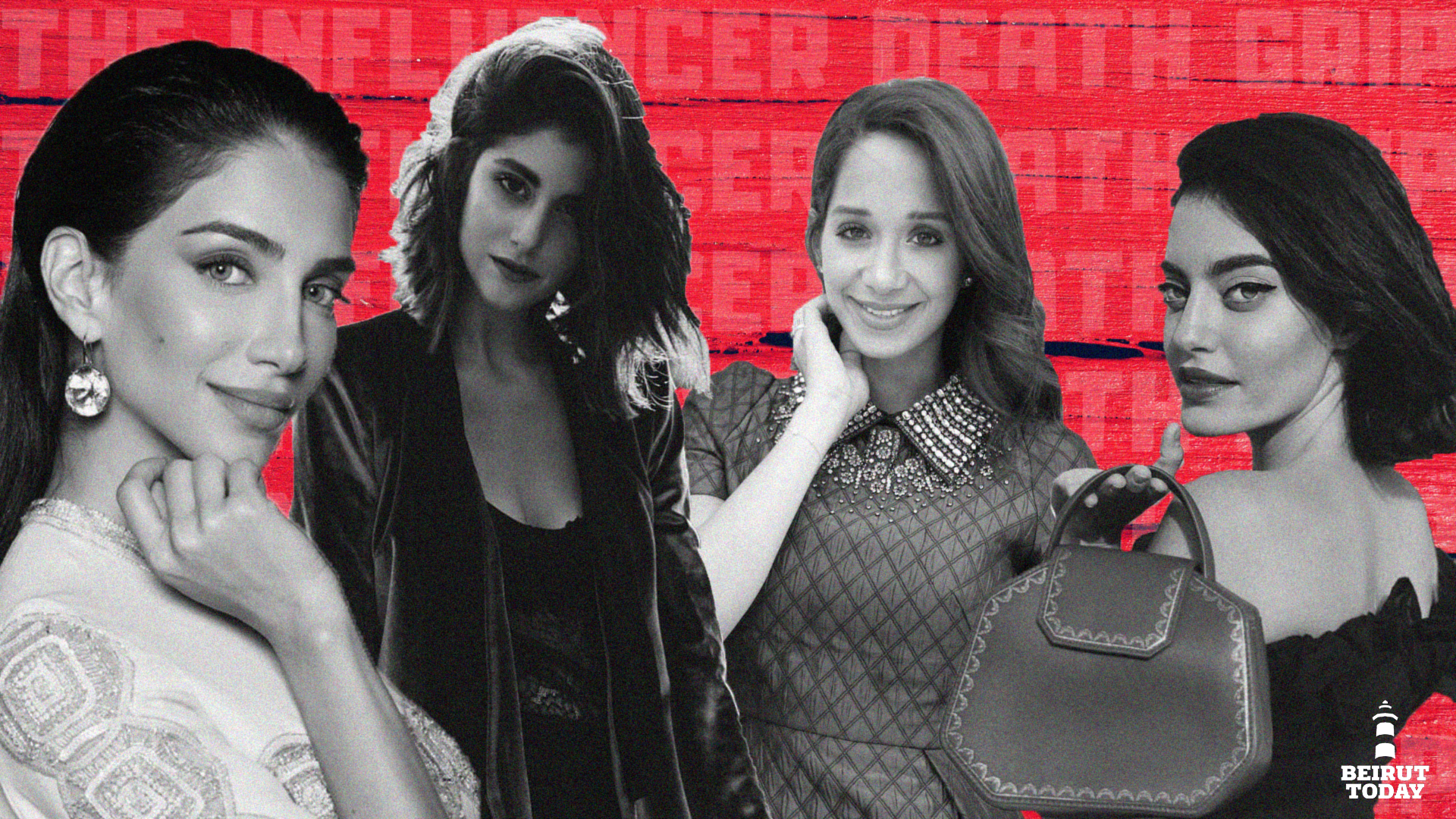By Lynn Sheikh Moussa and Laudy Issa
An advertising art director with three years of experience in Lebanon would need 500 years to make the kind of money that Kylie Jenner makes per sponsored post on Instagram.
Lebanese influencers like Karen Wazen and Nour Arida have tagged anything from Mango to Cadillac in their Instagram posts. There’s no doubt that influencers have done the fashion industry well in putting it under the direct spotlight and bridging the gaps between brands and the public. But they have very little benefit to the industry beyond that.
The influencer industry on Instagram will be worth anywhere between $5 billion and $10 billion by 2020, bearing in mind that most fashion influencers do little besides look as if they are enjoying every second of their lives.
Influencers are Advertisers, Not Journalists
Checking Instagram has become an almost instinctive solution for boredom, a go-to-means of procrastination, and a crowd favourite for stalking your ex. You’re bound to stumble onto posts from one of the millions of influencers on the platform while scrolling down or tapping through stories.

Audiences now have a greater tendency to refer to bloggers and influencers, who are often more accessible and approachable, than journalistic outlets for their fashion news. But influencers are not journalists. They are advertisers that people mistake for journalists. It’s a fair mistake in the modern age. Most influencers don’t even disclose which content is sponsored on their page, can we really expect them to provide credible accounts on fashion topics?
But influencers are not journalists. They are advertisers that people mistake for journalists
Fashion news publications like Vogue and Harper’s Bazaar continue to educate, inform, and scrutinise. Their educated journalists write thousands of words for in-depth features that are the result of multiple in-depth interviews and a knowledge of the history of fashion houses. On the other hand, influencers have asserted themselves as “experts” on all-things fashion by posting photographs of themselves with two-word captions and a flower emoji. What this leads to is an overly-exaggerated and materialistic image of what fashion is, rather than being portrayed as a medium to explore and convey societal, economic, and political change.
People are also less likely to hear or see anything new, critical, or controversial from influencers. The mode of communication presented leaves no room for debate or opinion. And if opinion is present, the user experience is directly tied into the opinions of the fashion influencers themselves. Readers therefore have a less beneficial experience than they would have reading Business of Fashion for instance, as they would only be following influencers who resonate with their own opinions or share similar tastes as them.
In many ways, influencers have devalued fashion. Instead of following through to the end and becoming educated consumers of fashion media that understand the motive and logic behind the products, people who get their news from influencers have become passive consumers looking to be entertained.
In A Material Fashion World
“Note to bloggers who change head-to-toe paid-to-wear outfits every hour: please stop. Find another business. You are heralding the death of style,” Vogue’s Sally Singer wrote this two years ago. She was met with backlash from bloggers –now better known as influencers since they don’t do much writing anymore.
Fashion can change the world, or at least reflect the changing times. In the 1920s, French tennis player Suzanne Lenglen would raise eyebrows and break tradition by opting to wear full makeup, a tight shirt, and short skirts rather than the ankle-length frocks and corsets that female tennis players usually did. In an example closer to home, imagine how the Lebanese public reacted the first time a woman wore baggy, “boyfriend” jeans inspired by the sherwal. Or when a young Umm Kulthum performed on stage in “boy’s clothes.”

Fashion influencers stick to comfort zones. The gorgeous dresses and glittering crop tops are nothing new. They serve to make fashion personal and approachable for their followers. Fashion becomes an over-the-top lifestyle to the consumer.
In the process, modern struggles like sustainability are forgotten. In a vast sea of fashion influencers, how many sponsor eco-friendly brands? And of those who do, how many make it a point to inform their thousands of active followers about climate change and social responsibility?
The media we consume –and do not consume– help direct what we should think about. Influencers sell under the guise that we could always look a little better and live a little bit more luxuriously. What shatters that illusion is actively asking questions about what we see.
Influencers sell under the guise that we could always look a little better and live a little bit more luxuriously.
While your favourite cup of hot chocolate from Cafe Younes costs less than five dollars, thousands of dollars are funnelled into the industry just so that a fashion influencer can pretend to take a sip of it and look good doing it. Your favourite Insta-celebrity shares her love for her children with the world, but in the grander scheme of things that becomes just another communications strategy.
The distinction between news and entertainment is lost with fashion influencers, especially when it comes to fashion, and it shows with numbers. Nour Arida, who recently visited the beach in full makeup, has 1.5 million followers. Business of Fashion, which recently released an investigative article on underage models in the fashion industry, has 1.2 million.


